 Though Hachiko –
as one of last year’s top furry superstars of the internet – was born before
the time when the first personal computer as we know it now was made, his
legend continues to inspire anyone who comes by it.
Though Hachiko –
as one of last year’s top furry superstars of the internet – was born before
the time when the first personal computer as we know it now was made, his
legend continues to inspire anyone who comes by it.
Born sometime in
the 1920s in Japan, Hachiko is an Akita dog, one who is argued to be the most
loyal dog in the world.
His story
started with a daily routine, one where he would wait for his master to come
home from the Shibuya Train Station in Japan. Hachiko’s master, Hidesaburo
Ueno, who worked in a university, had to commute everyday to and from work.
As a loyal dog,
Hachiko always took the time to meet his master at the station, “picking him
up” from work, so to speak.
This routine
went on until one day in 1925, Hidesarubro failed to meet with Hachiko in the
station. As it turned out, Hidesaburo passed away in the course of the day, a
condition that was brought about from a cerebral hemorrhage.
Hachiko, who
went to the station that day, didn’t get to meet with his master, so he came
back the day after, and the day after, and the day after… doing so for NINE
years.
Understandably,
Hachiko’s daily pilgrimage to the station grabbed the attention of everyone who
passed through it, which eventually led to the telling of his and his master’s
story.
Hachiko’s
loyalty has become an international phenomenon, with different books and movies
inspired by his story being released over the years, including one which
starred Richard Gere.




















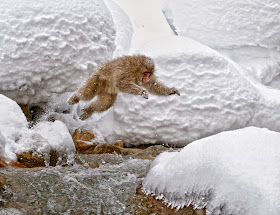





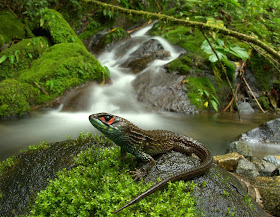

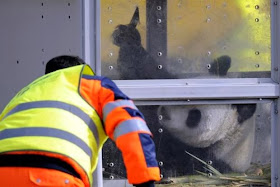




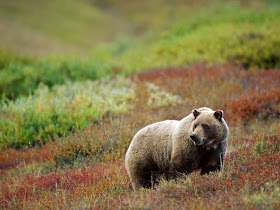

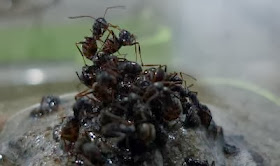








.jpg)




.jpg)
